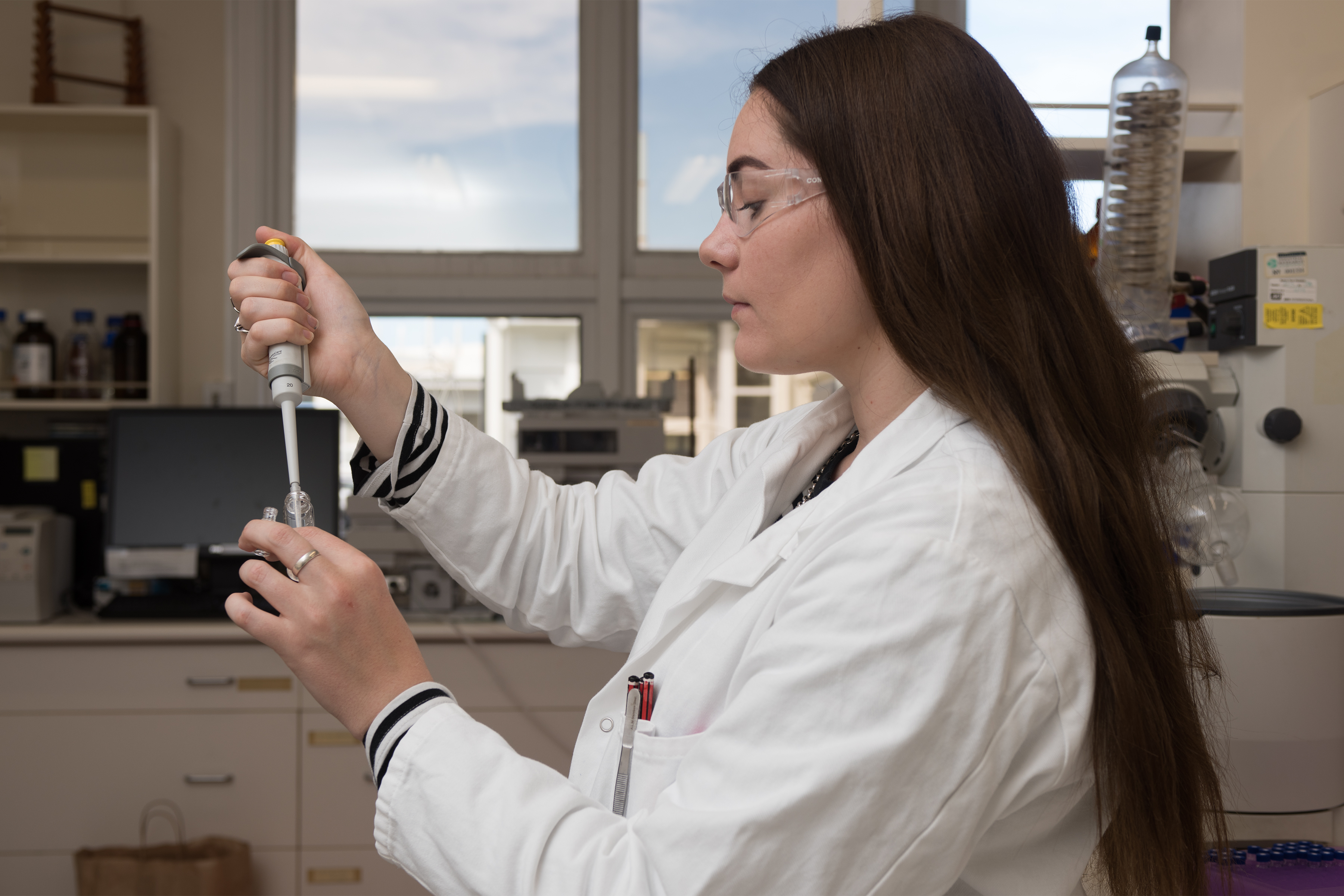MWC continues to lead the way in NZ cancer vaccine research
Immune therapy is one of the most exciting and promising areas of cancer research. Around New Zealand, teams of Maurice Wilkins Centre investigators – amongst them postgraduate students – made excellent progress in 2019 in their work to develop novel cancer vaccines.
The MWC’s Immuno-Oncology research flagship programme is focused on the interaction between the immune system and cancer and the development of novel immunotherapies and cancer vaccines. “Cancer vaccines in particular are of huge current interest,” says Professor Rod Dunbar, MWC Director based at the University of Auckland. “They can be paired with other immune therapy – especially ‘checkpoint blockers’ – to increase responses to immune therapy, without lifting toxicity. There’s also increasing excitement that personalised vaccines designed for each person’s unique tumour might be more successful than ‘shared’ vaccines that aim for targets that are common to many people’s tumours.”
The MWC has long invested in developing peptide chemistry technology and the fostering of inter-disciplinary collaboration between chemists and biologists. Two companies – SapVax and Avalia Immunotherapies – have been spun-out by teams of MWC investigators, and New Zealand now has a strong track record in peptide-based vaccine development.
The application of peptide chemistry technology for cancer vaccines involves creating fragments of cancer cell proteins with very high precision, which can then be used in vaccines to stimulate an immune response strong enough to attack and kill cancer T cells.Importantly, our work has also involved talented PhD students who have been able to contribute to this research programme as part of their study.
At the University of Auckland, Dr Benjamin Lu, a MWC student who graduated with a PhD in 2019 while in Professor Dame Margaret Brimble’s lab, is focused on synthesising and evaluating novel compounds as potential vaccine adjuvants, immunomodulatory compounds capable of potentiating host antigen-specific immune responses.Benjamin was the lead author on a paper published in 2019 in the Journal of Medicinal Chemistry1which reported on the potential use  of a novel Toll-like receptor 2 (TLR2) agonist as a cancer vaccine adjuvant. Benjamin and colleagues evaluated the immunostimulatory activity of certain forms of these compounds which they had chemically synthesised.
of a novel Toll-like receptor 2 (TLR2) agonist as a cancer vaccine adjuvant. Benjamin and colleagues evaluated the immunostimulatory activity of certain forms of these compounds which they had chemically synthesised.
“Research into the use of these adjuvants is still on-going, and their application is being expanded into an array of other peptide vaccines,” says Benjamin. “It's still conceivable that even stronger and more unique adjuvants may yet be discovered - something we're still looking into.”
Ms Taylor Cooney, a MWC PhD student at the Ferrier Research Institute, Victoria University of Wellington, is researching a novel delivery mechanism for cancer vaccines under the supervision of MWC Associate Investigator Professor Gavin Painter. In 2019, Taylor was part of a team that had their work published in the journal Organic and Biomolecular Chemistry2. The paper described their finding that a potent NKT cell agonist called galactosylceramide can be administered in a way that is not only effective at stimulating a strong immunotherapeutic response, but also devoid of unwanted side effects.“I was fascinated by the idea of how the patient’s own immune system could be utilised to fight cancerous cells,” says Taylor. “Treating cancer is something that has a huge potential impact in people’s lives, so being involved in a process that could improve our treatment options is really inspiring.”

1. Lu, B. L., Williams, G. M., Verdon, D. J., Dunbar, P. R., & Brimble, M. A. Synthesis and Evaluation of Novel TLR2 Agonists as Potential Adjuvants for Cancer Vaccines. Journal of Medicinal Chemistry 2020, 63, 2282-2291. https://doi.org/10.1021/acs.jmedchem.9b01044
2. Compton, B. J., Farrand, K. J., Tang, C. W., et al. Enhancing T cell responses and tumour immunity by vaccination with peptides conjugated to a weak NKT cell agonist. Organic and Biomolecular Chemistry, 2019; 17(5): 1225-1237. https://doi.org/10.1039/C8OB02982B